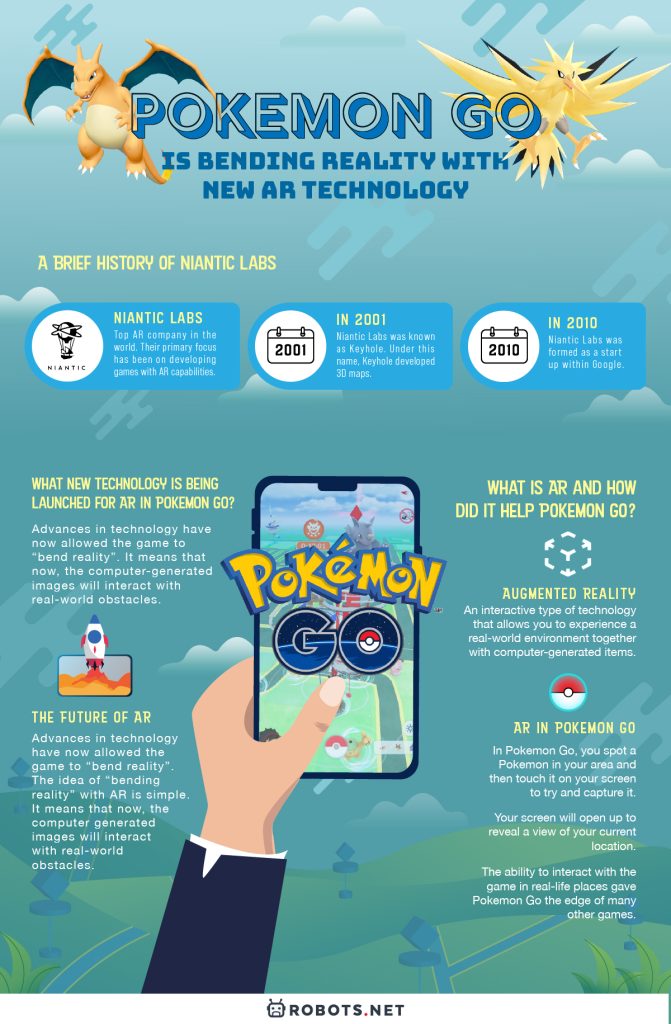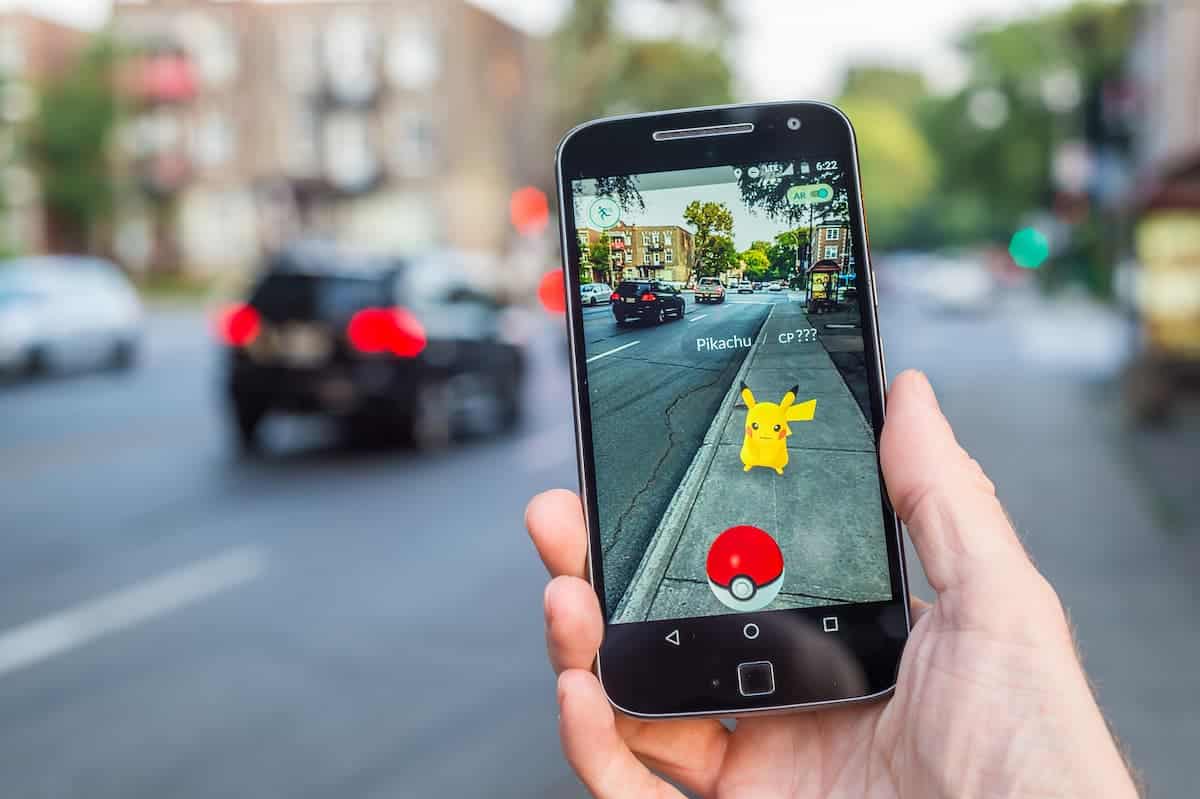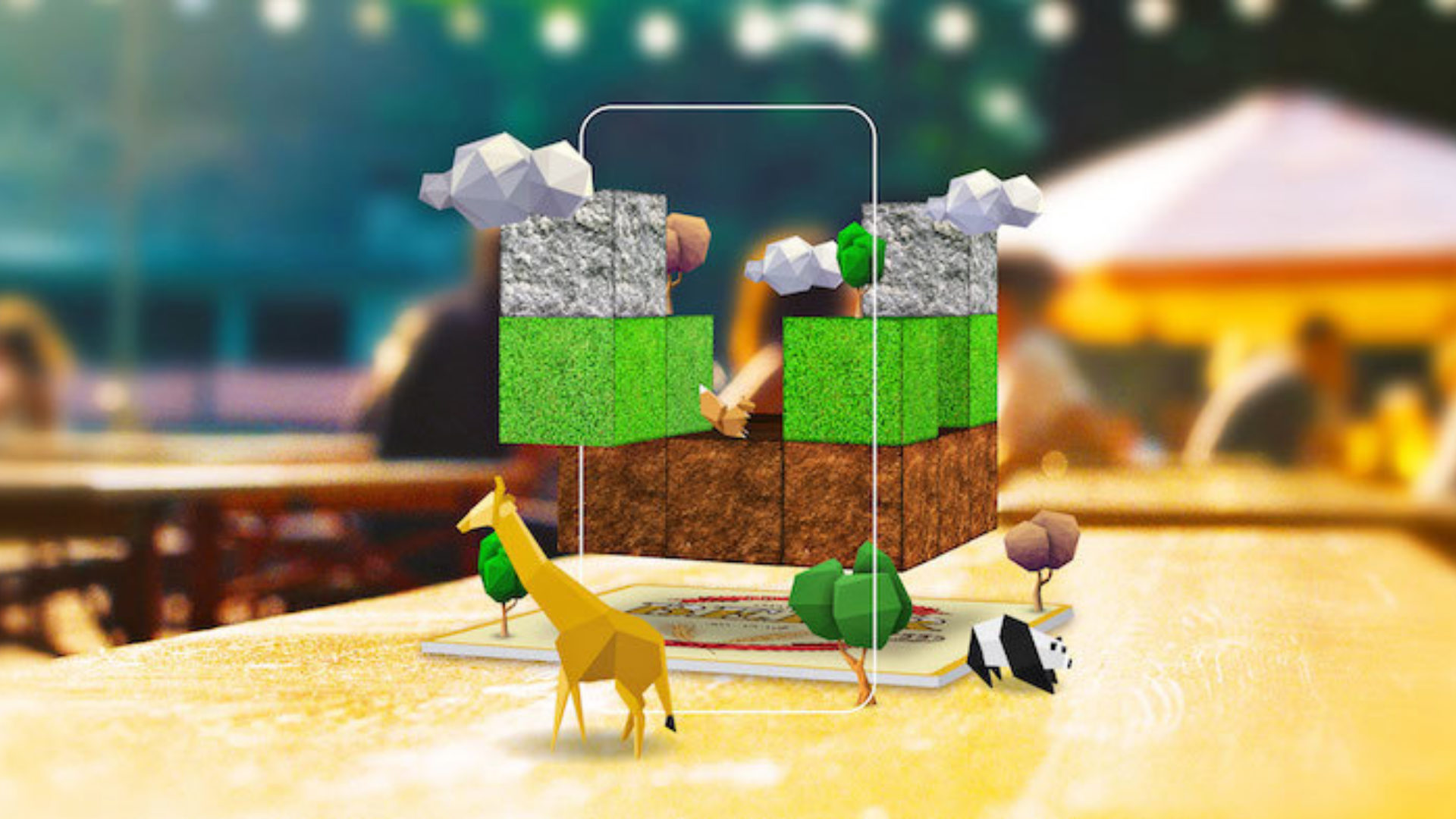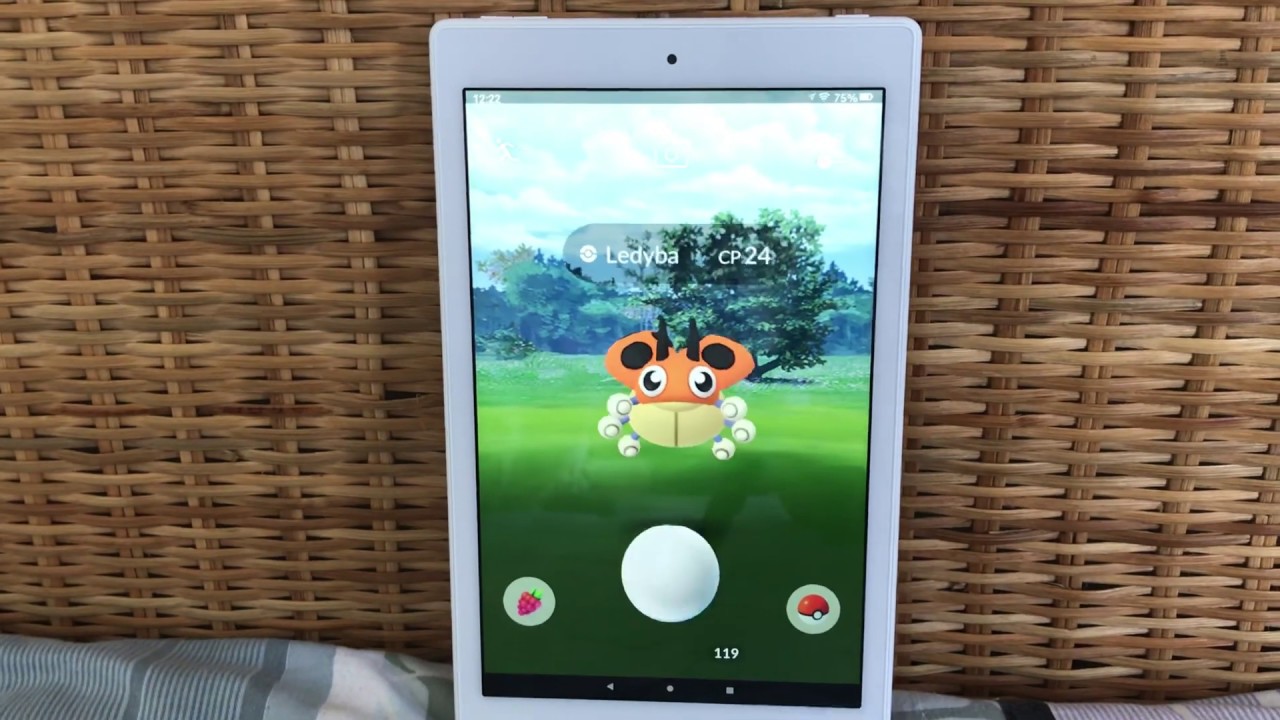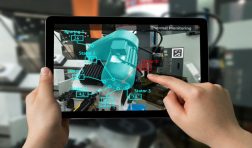Since its release in 2016, Pokémon Go has not only enthralled the world with its hyper-interactive and mesmerizing gameplay. But it also showed the world the power of Augmented Reality (AR). Fast-forward 4 years, and Pokemon Go, together with Niantic Labs, is bending reality with the latest AR technology. Pokemon Go is one of the most popular mobile games in the world. To date, it has over one billion downloads and more than 147 million monthly users. The game uses your mobile phone’s GPS to locate Pokemons around your neighborhood, town, or city. After locating them, you can go and capture the Pokemon. You can also train them and do battle against other players at Pokemon gyms, littered throughout your city.
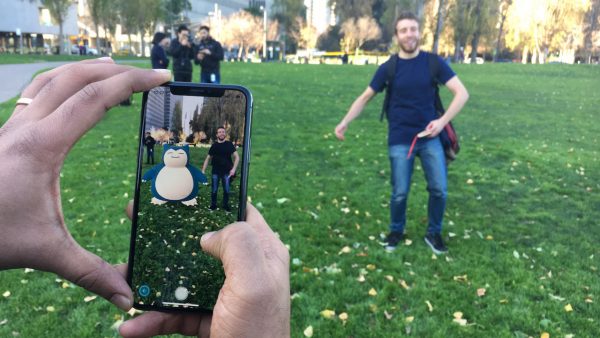

The gameplay is simple enough to understand. So simple that people of all ages were walking around town, trying to catch Pokemons. The huge engaging factor that kept players entertained was the incorporation of AR into the game. Locating and capturing Pokemon was not simply an action you carried out on your screen. Using the mobile device’s camera, you would interact in real-time with the Pokemon in a real background setting. This meant that what you saw on your screen while trying to catch a Pokemon was not a generic game background, but your real, actual location at that moment. You could be catching a Pokemon in the park, in your office, at school and even in your own home.
This level of AR has never been seen before in a game. The fun-factor in seeing Pikachu in your living room captivated the masses. But how could this game evolve? Thanks to advances in AR technology, we don’t have to wait much longer.
A Brief History of Niantic Labs
Niantic Labs is the top AR company in the world. They participate in multiple disciplines of AR but their primary focus has been on developing games with AR capabilities. Back in 2001, Niantic Labs was known as Keyhole. Under this name, Keyhole developed 3D maps with interactive names for locations, buildings, and addresses. Their innovation was so good that the company was acquired by Google a few years later and subsequently renamed Google Earth. I’m sure you all have heard of Google Earth, so you can imagine how big a deal this company was.
In 2010, Niantic Labs was formed as a start-up within Google. Their primary focus, as mentioned earlier, was developing a new type of gameplay that the audience has never experienced before. When conceptualizing and developing the games, Niantic Labs stuck to 3 core principles. They were Exploration and discovery of new places, Exercise, and Real-world social interaction with other people. Reading these three principles, it would come as no surprise why Pokemon Go was designed the way it is.
Players are forced to walk around their cities to capture different Pokemons. They needed to travel to different locations to visit Poke Stops to collect items. They had to visit Pokemon Gyms to train their Pokemon or battle with other people. In this age of sitting on your sofa and playing a video game, Pokemon Go made you get out of your home. You could go to the park, museum and historical monuments, just to name a few, to catch your favorite Pokemon. It was a great way to get people out of the house, interact with one another and get some much-needed exercise by walking around to hatch eggs.
But what exactly is AR and how did it make Pokemon Go more fun?
What is AR and How did it Help Pokemon Go?
Augmented Reality is an interactive type of technology that allows you to experience a real-world environment together with computer-generated items. This ability is captured through cameras and presented to viewers on a screen. If your mobile phone’s camera is looking at a busy street, you will only be able to see the street view. But with augmented reality, the computer program can add additional information that will appear only on your screen.


In Pokemon Go, you spot a Pokemon in your area and then touch it on your screen to try and capture it. Your screen will open up to reveal a view of your current location. If you are on a bus, you will see the other passengers around you plus a Pokemon loitering around. The computer-generated image of a Pokemon is added to the real-time image of your location as if the Pokemon was really in front of you.
The ability to interact with the game in real-life places gave Pokemon Go the edge of many other games. Allowing players to imagine they really lived in a world where Pokemon existed was integral to the success of the game. The ability to also capture screenshots of the various Pokemon in different settings made for great Instagram posts as well. Players took the effort to travel around the city to capture rare Pokemon. They would take a screenshot and then share them on social media. It became another challenge amongst friends to see who had the rarest and coolest Pokemon.
What new technology is being launched for AR in Pokemon Go?
Advances in technology have now allowed the game to “bend reality”. Don’t worry, Pokemon Go is not headed into another dimension or a parallel universe. We don’t have that advanced technology yet. The idea of “bending reality” with AR is simple. It means that now, the computer-generated images will interact with real-world obstacles. When you are in the midst of catching a Pokemon, the image is simply a layer that is placed over your real-world image. This means that no matter what happens in the background, the image of the Pokemon will not change. You could walk past a tree, get into a taxi, and even squeeze through a crowded road intersection. The Pokemon will remain in the middle.
With the latest update to the AR capabilities to the game, the Pokemon now has the ability to interact with the real-world surroundings. What does this mean? It means that if you are walking down a path and are trying to capture a Pokemon, it will react to your surroundings. The Pokemon will appear hidden behind a tree if you were to pan your mobile device from an open area to some trees. The computer-generated images are now smart. How will this affect the gameplay? Pokemon Go will remain hugely unchanged but with “smart” Pokemon, it gives players a more realistic experience. If there is an obstacle in your way, the Pokemon will be able to hide behind it.
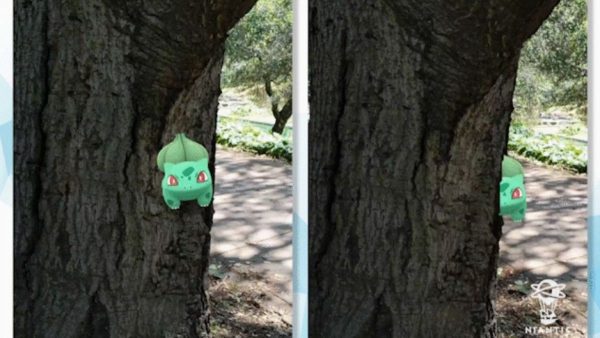

The Future of AR
According to research done by Perkins Coie, 70% of consumers believe that AR will overtake Virtual Reality (VR) in terms of revenue in the next five years. AR is quickly taking over the digital space, and it is reported that the AR market will be worth close to US$75 billion by 2023. That is a lot of money. The use of AR in our daily lives extends further than just mobile games. As we’ve discussed before, Google Earth is huge and AR is used in maps for many different purposes. Many modern, hi-tech automobiles have Heads-Up Displays (HUD) that not only give you the standard information like fuel and speed but also incorporates GPS. We use GPS maps to find directions on our mobile devices. Thanks to AR, these maps can further be enhanced by giving more detailed information in a 3D realm instead of a 2D screen.
AR is already being deployed for use in games, digital maps, virtual walkarounds, and training purposes. As technology continues to evolve, the use of AR for daily applications will increase.
Conclusion
AR is the future. The ability to visualize something without leaving your house can enhance productivity. The ability to offer realism in games will continue to captivate players. The power of detailed mapping and information sharing will only enhance learning, and make the user experience more engaging. Pokemon Go has embraced the advances in AR technology and one can only imagine what lies in the future for the game. One thing is for sure, AR is here to stay.
